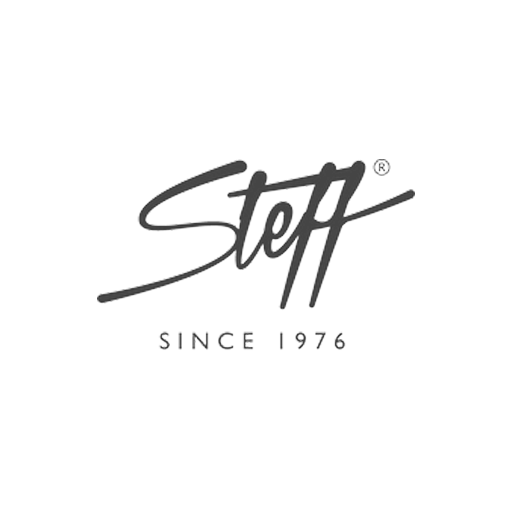
Website Under Maintenance
Whilst our website is currently carrying out essential maintenance, you can still shop our full range in our Market Harborough store. Please visit us at the location below:
5 The Square
Market Harborough
LE16 7PA
Tel: 01858 432633
This store will be powered by Shopify